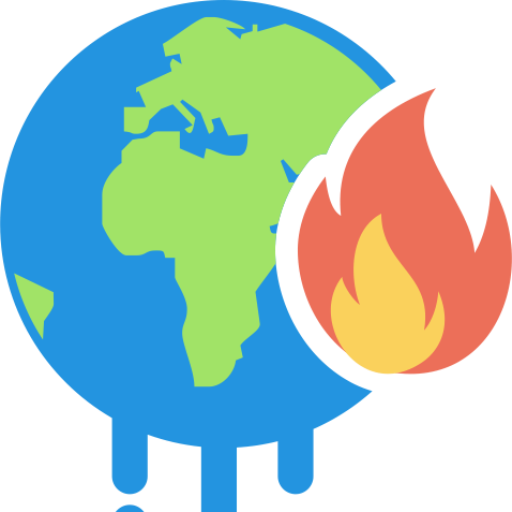Survive Climate Change
Table of contents
How to prepare for climate change where to live
Have you got a plan for how to survive climate disasters? To survive the potential impacts of rising temperatures, natural disasters, disease outbreaks, and sea level rise, you need to be prepared for whatever comes your way. This guide provides you with essential information to help you better understand how to survive climate disasters!
To survive climate change, you need to have long term plans to survive unprecedented weather events, extreme heat, rising sea levels and food shortages.
How to survive climate apocalypse
Increase your Emergency Preparedness.
The potential for extreme weather due to climate change means that it’s important to be prepared for any scenario. You need an emergency disaster plan.
Building an emergency kit with water, food, first aid supplies, and other basics can ensure that your family is safe in the event of a sudden disaster. Additionally, make sure to have copies of all important documents in case of damage or loss due to an extreme weather event. Finally, know the resources available to you in your area so that you are aware of any nearby shelters or evacuation routes.
Survive Climate Disasters
Climate change is resulting in record floods, hotter bushfires and stronger cyclones. Consequently, you should focus on which risk/s are greatest in your geographical area.
When it comes to natural disasters (however unnatural the cause) access to early information can be life-saving. Make sure you are subscribed to the relevant weather and recovery agencies in your area.
This can allow people in tropical regions to be aware of coming cyclones and hurricanes. Likewise, in other zones you can be fully informed of approaching bushfires and wildfires.
Survive Sea-Level Rise
Taking sea-level rise into consideration is an important part of surviving climate change. However, the advice here is quite simple “do not live where it floods”. Avoid low-lying areas, especially those beside the ocean or near waterways.
Whenever you are moving to a coastal area, take a look at the city flood maps. If a costal neighbourhood floods, chances are it will also suffer inundation from water as a result of storm surge and sea-level rise. So do not buy a property or even rent in a low-lying area. If it floods … forget it!
How to prepare your home for climate change
How you survive climate disasters is going to depend on your budget. So if you have resources, you should design and build a heat resistant house, adopting the latest sustainable building standards. We recommend you employ a professional architect who specialises in this area.
Those with less resources, like myself, who live in houses that are not specifically designed to reduce heat, still have options:
- Ceiling batts (and other insulation that can be put in the roof to reduce heat).
- Renewable energy (solar panels). If you can acquire solar panels and a battery, that will allow you to export energy back into the grid, but more importantly for our purposes, it will give you back up power that can be used to run air conditioning. This way, during periods of heat stress, you will not be reluctant to turn the air-conditioners on. Also if the mains power is out, it won’t affect you, as you’re running from your battery.
- Rainwater tanks. Wherever you live, access to clean, fresh water is more important than ever before.

Engage in Eco-Friendly Habits & Lifestyle Changes
Simple lifestyle changes such as taking public transportation instead of driving, reducing the amount of water used in household chores, and using long lasting light bulbs can have a significant impact on the environment. Eating local, organically grown food and switching to eco-friendly personal care products are also great measures that everyone can take to reduce their environmental impact. Ultimately, engaging in eco-friendly habits and lifestyle changes is an important step everyone can take towards mitigating the effects of climate change.
Grow Your Own Food to Survive a Climate Disaster
Climate change is leading to various ‘crop failures’. This will mean less food on the shelves. Growing your own food is a great idea. A food garden can be a precious resource when times are tough. Firstly, research what food grows easily in your area. Becoming more self-sufficient is an excellent idea. In addition, it may well be an important part of how you survive climate change.
Other ways to become more self-sufficient include saving on food. Hence this includes collecting seeds and doing more in the kitchen. Other activities like thrifting, reducing transport costs and learning to recycle and reuse will also increase your capacity to become more self-sufficient and resilient.
Relevant Content
- King Tide Flooding
- Recycle Waste
- Survive a Climate Disaster
- Ways to Save Water

